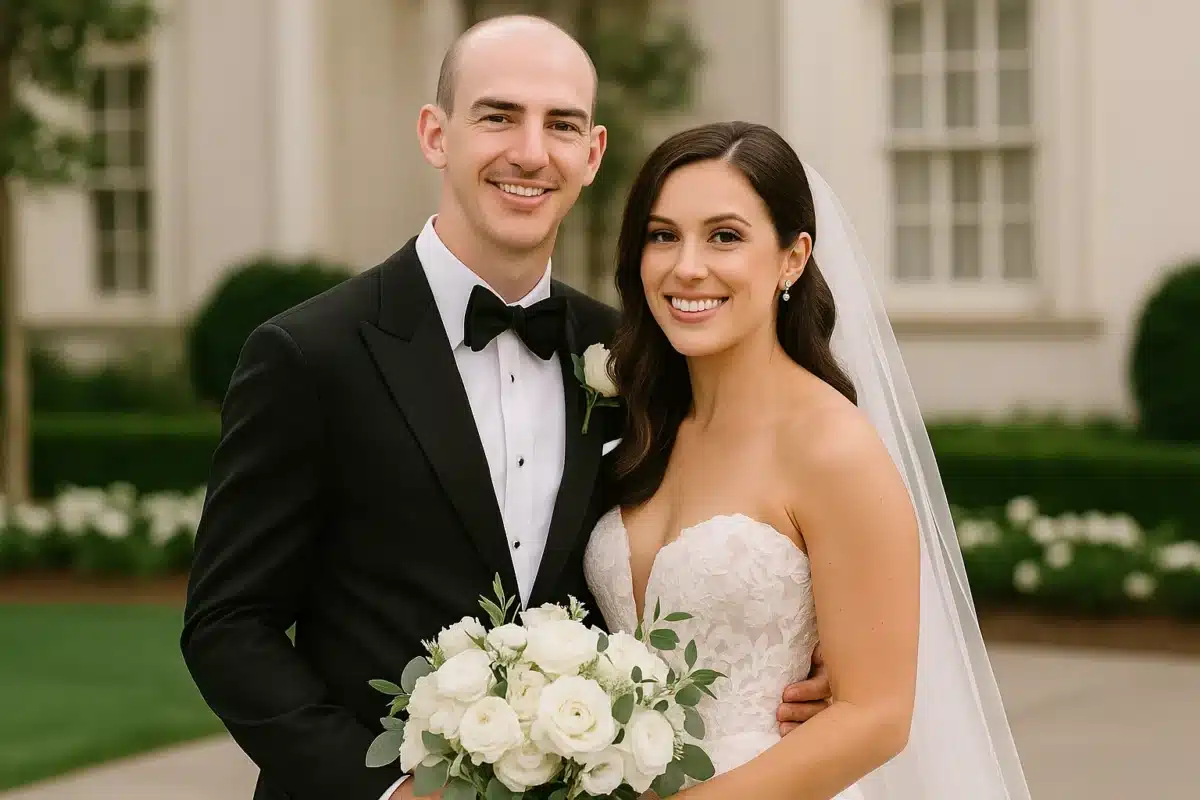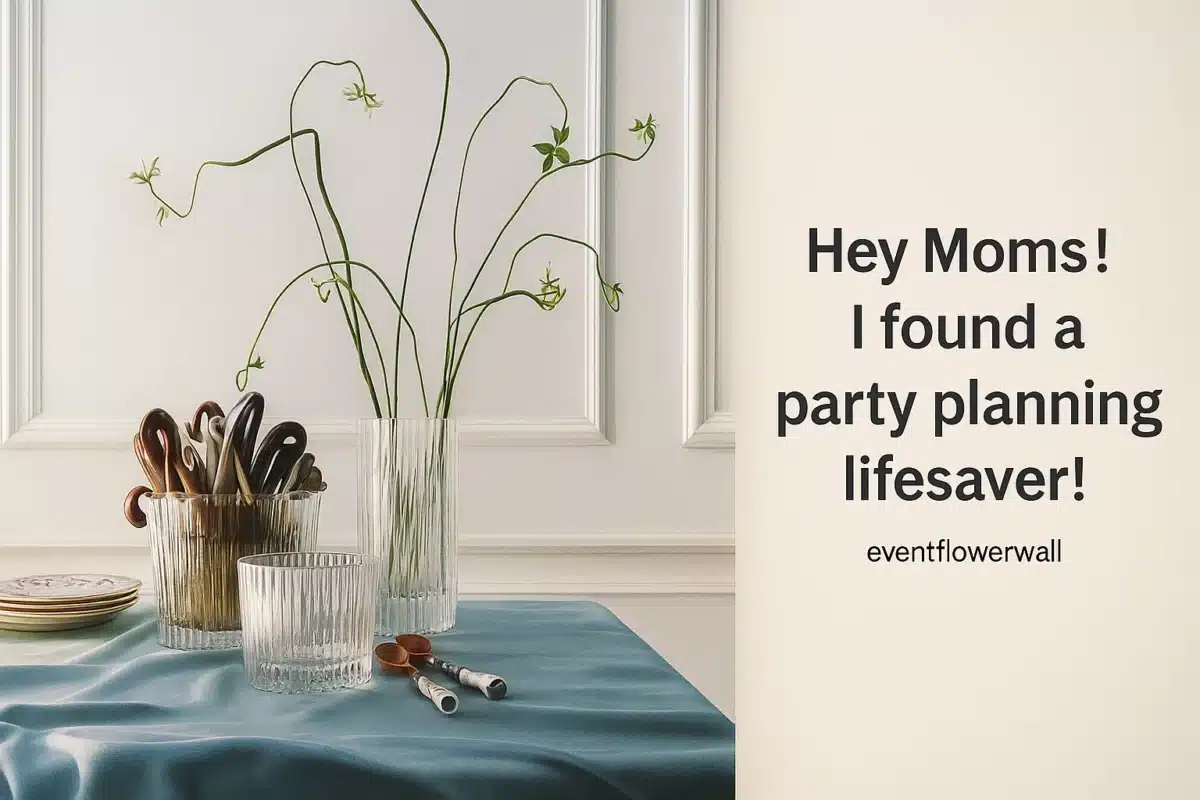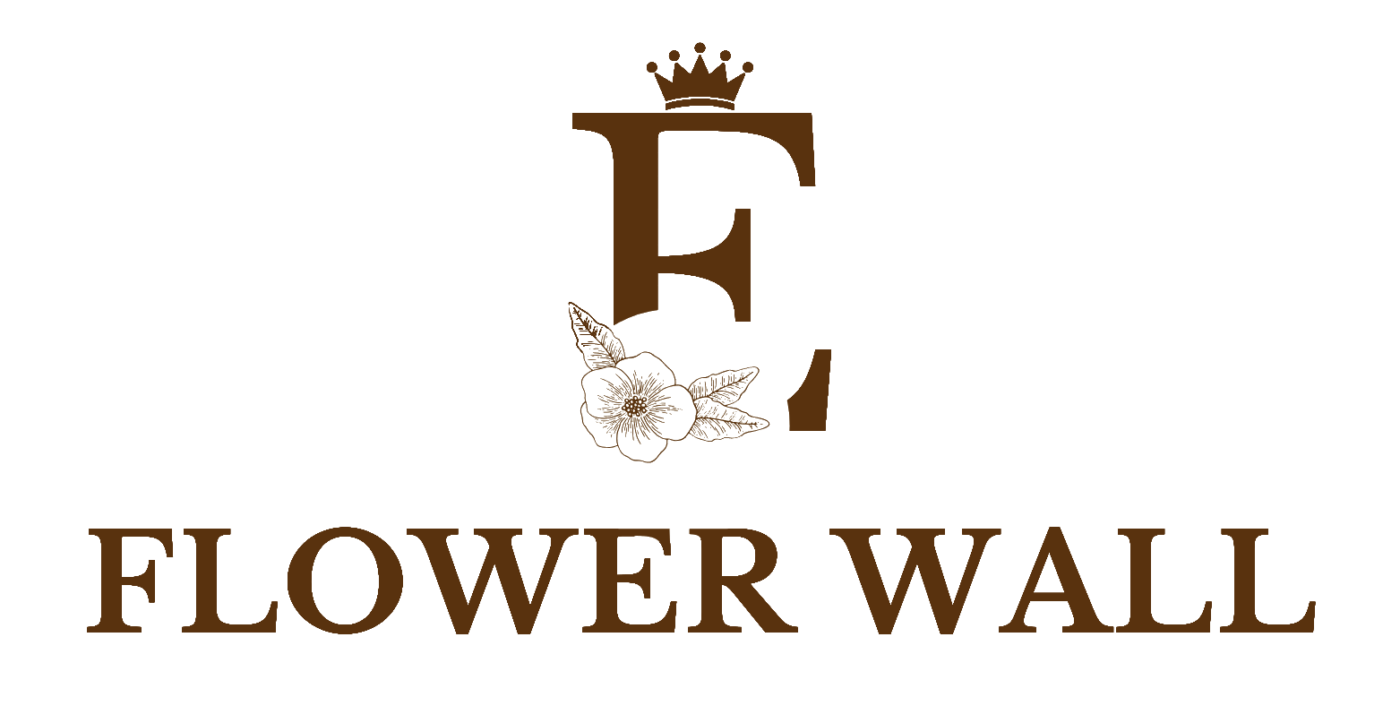Blog
Alex Caruso Wedding: A Step-by-Step Guide to an Unforgettable Celebration
Alex caruso wedding
Discover how to plan Alex Caruso’s wedding with clear, expert guidance. Learn from real-life experiences, practical tips, and underlying science to create a memorable event. Ideal for engaged couples, wedding planners, party companies, distributors, and buyers.
Introduction
Planning a wedding or a high-impact event like Alex Caruso’s wedding can feel overwhelming—but the magic lies in thoughtful details, clear structure, and a little science. In this article, we combine heartfelt experience (what really happened before and after) with solid expertise (a reliable roadmap for you to follow). Whether you’re an engaged couple, a wedding or party planning company, or a supplier/distributor of décor elements, this guide is designed to help you navigate everything—from initial conception to the unforgettable finishing touches.
You will see:
- A real-life before-and-after story, filled with authentic struggles and triumphs (experience).
- A structured, step-by-step blueprint, including a “science principles” section explaining why certain methods work.
- Tailored advice for different levels of planners—from first-timers to seasoned event professionals.
Let’s dive into the journey of bringing Alex Caruso’s wedding vision to life—crafted with heart, clarity, and actionable insights.

1. Experience: The Real Story Behind the Venue Setup
The Before: Blank Canvas, Big Dreams
The venue started as an empty hall: plain walls, no atmosphere, and no narrative. The couple wanted elegance with personal charm—warm uplighting, custom florals, and a photo-rich backdrop that told their story.
The Challenges Faced
- Tight timeline: Set-up had to happen in under 12 hours.
- Budget constraints: Balancing impact with cost.
- Coordination across teams: Lighting, florals, rentals, and catering all had to align smoothly.
The Transformation (After)
By day’s end, the venue bloomed:
- Ethereal warm uplighting gave depth and intimacy.
- A bespoke flower wall—and photo montage—became a stunning focal point.
- Seamless flow between ceremony, social hour, and reception.
What We Learned
Experience showed us the power of simple, budget-smart focal pieces that anchor an event visually and emotionally.
2. Expertise: Your Roadmap to an Ideal Wedding
Step 1: Clarify Your Core Theme & Visual Identity
- Define one central vibe (romantic rustic, modern glam, minimalist warmth).
- Use a moodboard with color swatches, fabric samples, lighting styles.
Step 2: Anchor Features with High Visual Impact
- Examples: a flower wall, textured lounge vignette, immersive photo display.
- These act as hubs—photo zones, focal points, and conversation starters.

Step 3: Layer Lighting for Ambience and Flow
- Science Principle: Human circadian response to light—warm amber tones promote relaxation and intimacy, cooler whites energize post-dinner dance moments.
- Recommendation: Use LED uplighting with adjustable color temp zones for each event stage.
Step 4: Logistics & Timing
- Create a detailed task map—what happens when, by whom, in what order.
- Assign a day-of coordinator—this frees clients and suppliers to focus on performance, not firefighting.
Step 5: Budget-Smart Sourcing
- Prioritize impactful visual elements, then allocate remaining funds to support them.
- Leverage trusted rental/distribution partners for high-look but low-cost items like drapery and accent lighting.
Step 6: Rehearse the Walk-Through
- On-site dry-run with key team members (lighting tech, florists, photographer) can clear last-minute blind spots—this is a hallmark of professional delivery.

3. The Science Principle Behind What Works
Spatial Psychology & Lighting
- Warm, indirect lighting (3000 K range) softens ambience—creates cozy intimacy.
- Highlighted focal points (flower wall, altar) guide guest attention and photo framing, reinforcing memory anchors.
Cognitive Flow & Guest Experience
- Visual anchors help orient guests—when they see a flower wall, they naturally gather around it, interact, take photos.
- Flowing lighting and layout gently nudges movement from ceremony to dinner to dancing—not jarring transitions.
Time Perception
- Soft lighting and focal decor make moments feel elongated, precious—important for guest immersion.
Thus, combining psychology of light and spatial flow creates emotion-enhanced experiences that linger in memory.
4. Tailored Advice by Audience
For Engaged Couples
- Focus on one or two visual anchors, not dozens of small items.
- Choose vendors who understand your theme—and communicate both what you love and what you don’t.
For Wedding & Party Companies
- Develop modular packages: e.g., “flower wall + uplighting,” “photo zone + lounge setup,” making proposals simple yet flexible.
- Offer lighting presets adjusted by time of day (e.g., ceremony vs. after-party).
For Distributors & Procurement Buyers
- Stock versatile anchor elements (e.g., neutral-color flower panels, LED uplighting systems with remote control).
- Provide rental options so planners/distributors can offer “wow” features without full purchase cost.

5. Structuring the Blueprint: Chapter Summary
| Chapter | Focus |
|---|---|
| 1. Experience | Real-life setup story, before/after |
| 2. Expertise | Step-by-step roadmap |
| 3. Science Principles | Why lighting and anchors works |
| 4. Tailored Advice | Tips for couples, planners, distributors |
Conclusion
Planning Alex Caruso’s wedding—or any event aiming for emotional resonance and visual impact—rests on the smart blend of experience and expertise. Real-world stories ground the emotional truth, and structured strategy ensures every decision has purpose. Remember:
- One or two impact anchors (like a flower wall or statement lighting) shape guest experience.
- Science-backed design—lighting psychology and spatial flow—elevates atmosphere.
- Clear, modular planning reduces stress and improves collaboration across all parties.
Whether you’re the couple, the planner, the party supplier, or the distributor, this guide equips you to deliver unforgettable elegance—intelligently and soulfully.
Frequently Asked Questions (FAQ)
Q1: How much of the budget should I allocate to visual focal elements?
A: Typically, 20–30% creates high impact. Prioritize an anchor (flower wall, lighting). Use remaining funds for cohesiveness—coordinated linens, mood lighting, flow enhancements.
Q2: What lighting color temperature is best for ceremony vs. reception?
A: Use warm, amber-toned lighting (around 2700–3000 K) during ceremony and dinner to evoke intimacy. Gradually shift to neutral or slightly cooler tones (3000–3500 K) during the dance or high-energy periods.
Q3: How far in advance should I do the walkthrough?
A: Ideally the day before or early on the event day—ensuring technical setup, lighting, and décor placement align before guest arrival.
Q4: As a distributor, how can I appeal to both couples and planners?
A: Offer versatile, modular décor kits, detailed setup guides, and symbolic mockups. Highlight how anchor products reduce stress and increase visual ROI.
Q5: What mistakes should be avoided?
A: Avoid diffused generic décor everywhere—without a focal point, the venue lacks personality. Don’t ignore logistical mapping—never underestimate the value of a rehearsal or dry run.
Contact & Inquiries
Got questions or eager to bring this vision to life? Reach out directly:
- WhatsApp: +86 152 6621 4311
- Email: info@eventflowerwall.com
- Website: https://eventflowerwall.com/
We’re here to help your celebration shine with soul and structure.

